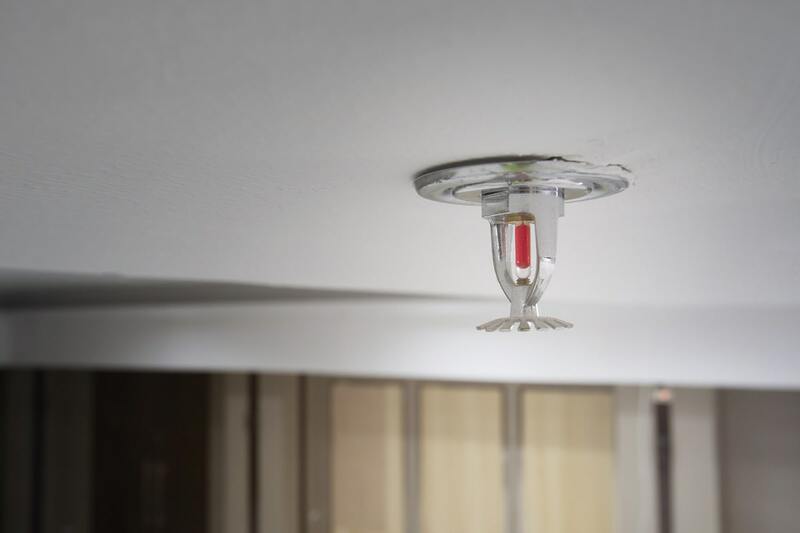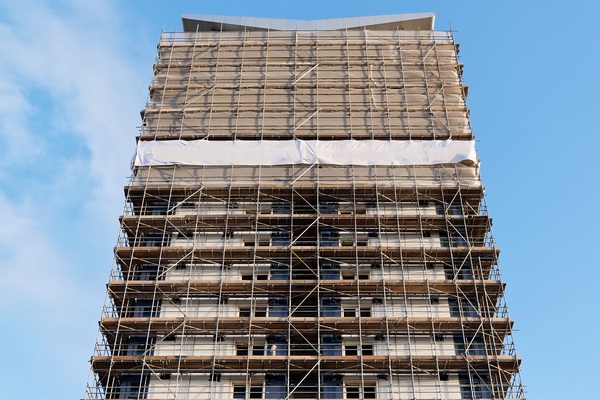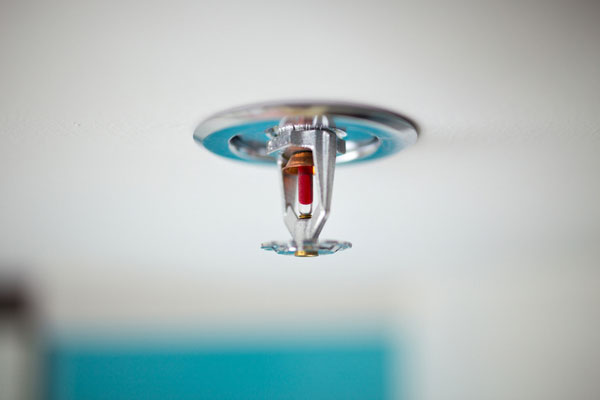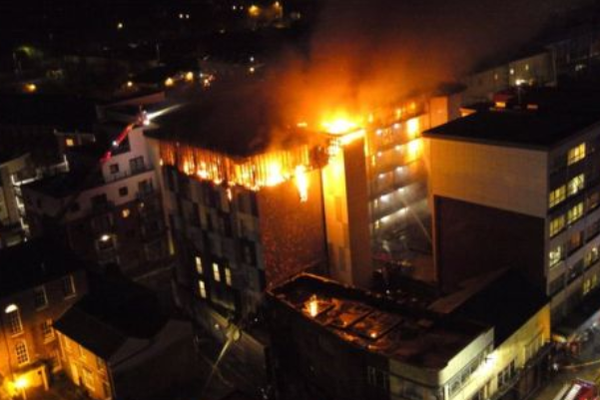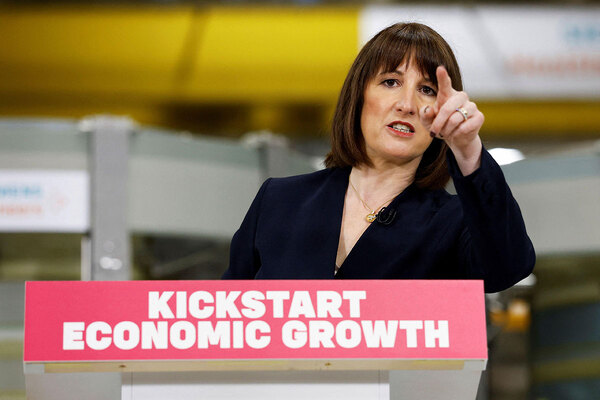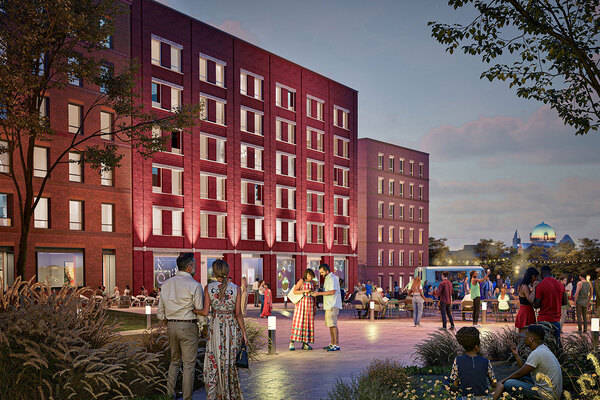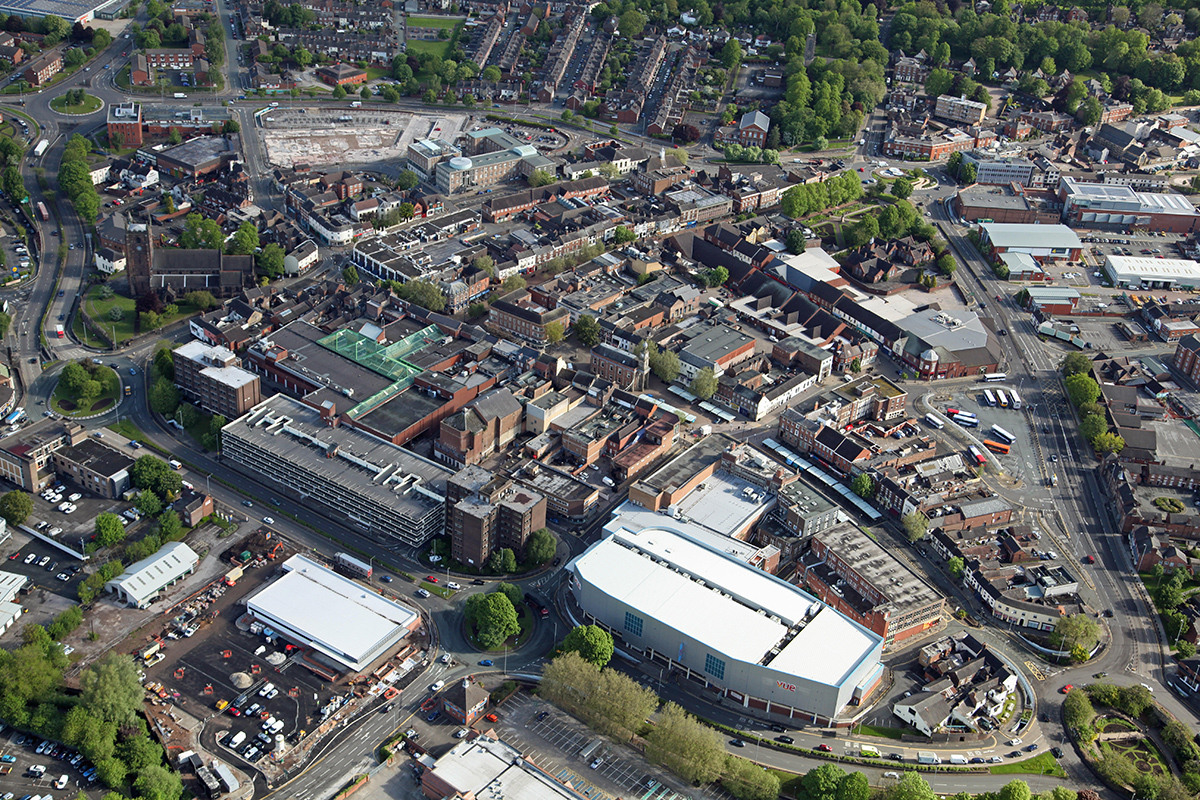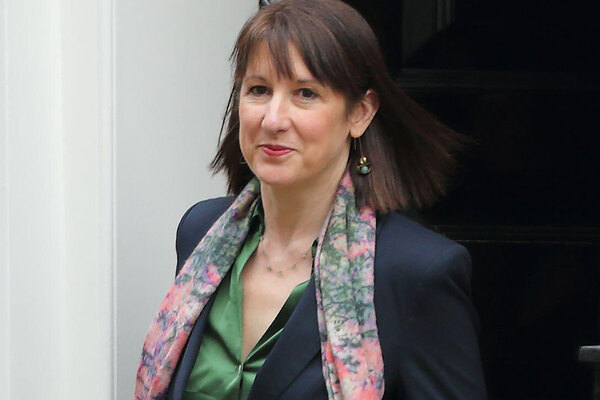You are viewing 1 of your 1 free articles
Government confirms 11m sprinkler threshold among raft of building safety reforms
Ministers have confirmed plans to slash the height threshold at which sprinklers are required in new blocks of flats to 11m from next month.
Building regulations in Approved Document B will be updated in May to reduce the trigger height for sprinklers in new residential buildings from its current level of 30m, it has been announced.
Consistent wayfinding signage will also be required in new blocks taller than 11m following the amendments.
New evacuation alert system technology is being tested by the National Fire Chiefs Council, with a view to making a further update to Approved Document B in the future.
The government has also published its response to its Building a Safer Future consultation, which was launched in June last year to implement recommendations from Dame Judith Hackitt’s review of building regulations and fire safety.
Housing secretary Robert Jenrick said the government “is bringing about the biggest change in building safety for a generation”.
The reforms will see a new building safety regulator (BSR) established and a duty holder become responsible for multi-occupied residential buildings taller than six storeys or 18m.
This will mean that prosecutions can be brought forward where safety regulations are flouted.
Residents will also have the right to obtain information about their building’s safety.
A Building Safety Bill introducing the new rules is set to be introduced later this year, while the BSR is currently being set up in shadow form by the Health and Safety Executive.
In its consultation response, the government said: “The new regulator will be responsible for implementing and enforcing a more stringent regulatory regime for buildings in scope, providing stronger oversight of safety and performance of all buildings and increasing the competence of those working on building safety.”
Construction products such as cladding materials will also face greater scrutiny under the new regime.
The consultation reforms are expected to cost between £266m and £530m a year in total, offset by benefits worth between £190m and £380m a year including through avoiding fires causing multiple deaths.
The move means an estimated 15,940 new buildings will be fitted with sprinklers over 10 years, at an annual cost of around £164m.
Lord Gary Porter, building safety spokesperson for the Local Government Association (LGA), said: “The LGA has long called for the requirement for sprinklers in new blocks to be lowered, and the decision to reduce that for new blocks from 30m tall to 11m tall is incredibly important to the health and safety of residents.
“Residents of existing blocks deserve the same safety standards as those in new buildings, and the government should fund the retrofitting of sprinklers in existing blocks of flats, once the current crisis is over.”
“We also remain concerned that the scope of the new building safety regime overlooks buildings we believe have been built just below a height of 18m specifically to game the system and dodge safety standards.”
Several other building safety announcements and publications have also been made today.
Details of fire safety tests carried out on non-aluminium composite material (ACM) cladding have been published – with the government claiming that the results support its assertion that ACM with a polyethylene core poses an “unparalleled” risk.
At last month’s Spring Budget the government unveiled a new £1bn fund for removing unsafe cladding from high rises and said today that a prospectus on the programme is set for publication in May, with the money to be made available in 2020/21.
The government has appointed its construction expert, David Hancock, to review the progress of removing dangerous ACM cladding from buildings.
Mr Jenrick is set to hold a roundtable with mortgage lenders over stalled valuations for residents affected by the cladding crisis, while a website will be launched to provide information aimed at assisting sales and remortgaging.
